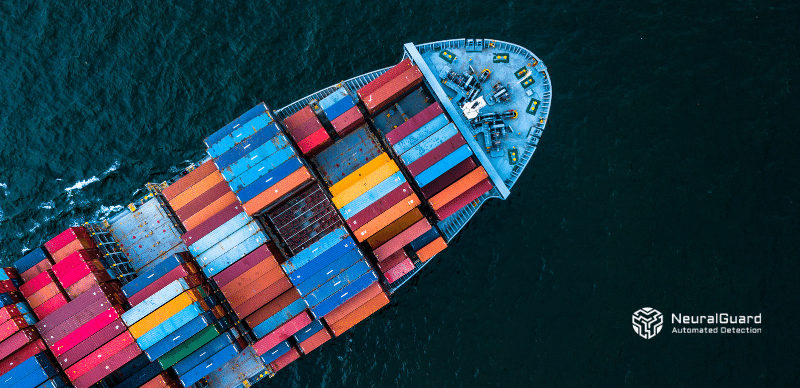Securing the Seas: The Unseen Battle Against Maritime Terrorism
September 9, 2024
The Maritime Transportation System (MTS) is the lifeline that connects the world's commerce, from vast shipping lanes to bustling ports. This network is more than just a means of transportation—it's a crucial component of global trade and national security. However, with its vast expanse and numerous entry points, the MTS is vulnerable to an often-overlooked threat: maritime terrorism.
A Historical Perspective on Maritime Security
For centuries, the seas have been a battleground. From ancient naval battles to modern piracy, controlling the waterways has always been a strategic priority. In today's world, the threats have evolved. The tragic events of 9/11 underscored the importance of securing not just our skies and borders, but also our ports and maritime infrastructure. The Maritime Transportation Security Act (MTSA), introduced in response, has significantly bolstered the security measures at U.S. ports, but the threat of maritime terrorism remains a complex challenge.
Understanding Maritime Terrorism: A Unique Threat
Maritime terrorism is distinct from other forms of terrorism due to the specialized skills and equipment required. Attacks can range from hijacking vessels to using ships as weapons. The infamous attack on the USS Cole in 2000 is a stark reminder of the devastating impact such incidents can have. Unlike land-based terrorism, maritime attacks require knowledge of navigation, access to suitable vessels, and the ability to operate in a challenging aquatic environment.
Despite the robust security measures in place, the maritime sector remains a tempting target for terrorists. Ports are sprawling, open environments with a constant flow of goods and people. The challenge of securing them is immense, and even with advanced surveillance and regular drills, gaps can be exploited.
The Growing Complexity of Maritime Threats
Terrorists are continually adapting, finding new ways to bypass security measures. For instance, they may pose as legitimate seafarers or use fake credentials to gain access to secure areas. The threat isn't limited to large, organized groups like Abu Sayyaf Group who was responsible for the SuperFerry14 bombing; a disgruntled employee with insider knowledge could also pose a significant risk.
Moreover, the potential consequences of a successful maritime attack are staggering. A well-executed assault on a major port or a cruise ship could result in massive casualties, economic disruption, and environmental disasters. The economic ripple effects could be felt globally, with supply chains disrupted and markets destabilized.
The Path Forward: Enhancing Maritime Security
So, what can be done to mitigate these risks? First and foremost, there needs to be a continued focus on strengthening the partnerships between maritime law enforcement, port authorities, and private security firms. Joint training exercises and improved information sharing are critical to staying ahead of the evolving threats. Additionally, the use of advanced technology, such as unmanned surveillance systems and enhanced screening procedures, can help close security gaps.
The battle against maritime terrorism is ongoing, and it's a fight that requires constant vigilance. As terrorists become more sophisticated, so too must our defenses. By understanding the unique challenges of securing the maritime domain and continually adapting our strategies, we can better protect this vital component of global trade and security.
Learn more about our Maritime Security




